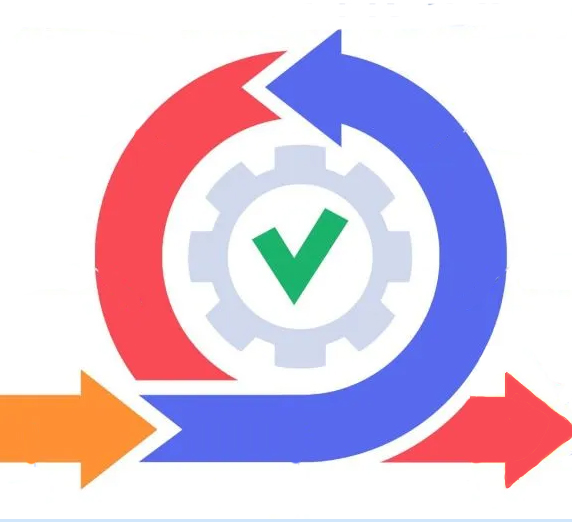Agile ITS Team Streamlines Modernized Network Rollout

Executive Summary
Gonzaga Â鶹¹ÙÍø’s ITS Networking team, a three-person unit known for its reliability and collaboration, undertook a major initiative to modernize the campus network through the implementation of a Software Defined Network (SDN). Facing growing demands and outdated manual processes, the team adopted agile methodologies to streamline operations, enhance security, and improve service delivery. By applying Agile principles such as Minimum Viable Product (MVP) development, just-in-time planning, and transparent collaboration, they dramatically reduced setup times, improved team alignment, and delivered a smarter, more secure network infrastructure. Their success demonstrates how small teams can drive impactful transformation through practical agility.
Introduction
At Gonzaga, the ITS Networking team is responsible for maintaining the university’s wired and wireless infrastructure, ensuring reliable internet access across classrooms, dorms, and public spaces. Despite their strong performance, the team faced increasing pressure to scale services, reduce operational overhead, and enhance security. Traditional network setups were time-consuming—taking up to 30 minutes per device—and heavily reliant on manual configurations. Recognizing the need for change, the team set out to build a modern SDN that could meet these demands while also refining their internal workflows. Rather than overhaul their operations entirely, they turned to agile practices to evolve their approach and deliver value more efficiently.
Adopting Agility for Ways of Working
The team embraced a tailored, lightweight agility framework that emphasized practicality and iterative progress. They began by breaking large challenges into smaller, manageable tasks aligned with their SDN goals. Using a Minimum Viable Product (MVP) approach, they piloted new configurations with the Â鶹¹ÙÍø’s web team before scaling more broadly. This allowed them to learn quickly, reduce risk, and build confidence in their solutions.
Just-in-time planning replaced traditional, resource-heavy pre-planning, enabling the team to adapt as they progressed. Transparency became a cornerstone of their workflow, with centralized project boards, shared documentation, and open communication channels ensuring alignment and accountability.
Agile tools such as group work sessions, a centralized Scrum board in Miro, and regular retrospectives helped foster collaboration and continuous improvement. These practices not only improved project visibility but also encouraged knowledge sharing and faster problem-solving.
Agile practices also improved team dynamics. Group and pair work sessions fostered cross-functional learning and faster problem-solving. A centralized Scrum board in Miro gave everyone visibility into priorities and progress. Regular retrospectives helped the team reflect, adapt, and continuously improve.
Results
The impact of the agile SDN project was significant. Device setup times dropped from 30 minutes to just seconds, freeing up time for higher-value work. Security protocols were embedded into automated workflows, reducing the risk of human error and enhancing the network’s resilience. The team’s collaborative approach led to stronger alignment across departments and faster delivery of services.
What began as a pilot with one team quickly expanded to five additional campus groups, each benefiting from the streamlined processes and continuous feedback loops. The project also fostered a culture of experimentation and learning, where failure was seen as an opportunity for growth.
Key lessons included the importance of unified language across teams, maintaining a balance in documentation, and creating a safe space for innovation. Looking ahead, the team plans to scale these agile practices across ITS, reinforcing their commitment to adaptability and continuous improvement.
Through this initiative, Gonzaga’s ITS Networking team not only delivered a next-generation network but also redefined how technology and teamwork can come together to serve the campus community more effectively.
Core Project Team
- Sean Cochrane, Network Lead
- Richard Fallstrom, Infrastructure Administrator
- Dylan Mustach, Infrastructure Administrator
- Chris Becker, Infrastructure Engineer
- Eric Moss, Director of Infrastructure Operations
- Hannah Cylkowski, Shadowing Agile Delivery Lead 
- Danny Lopez, Agile Coach
